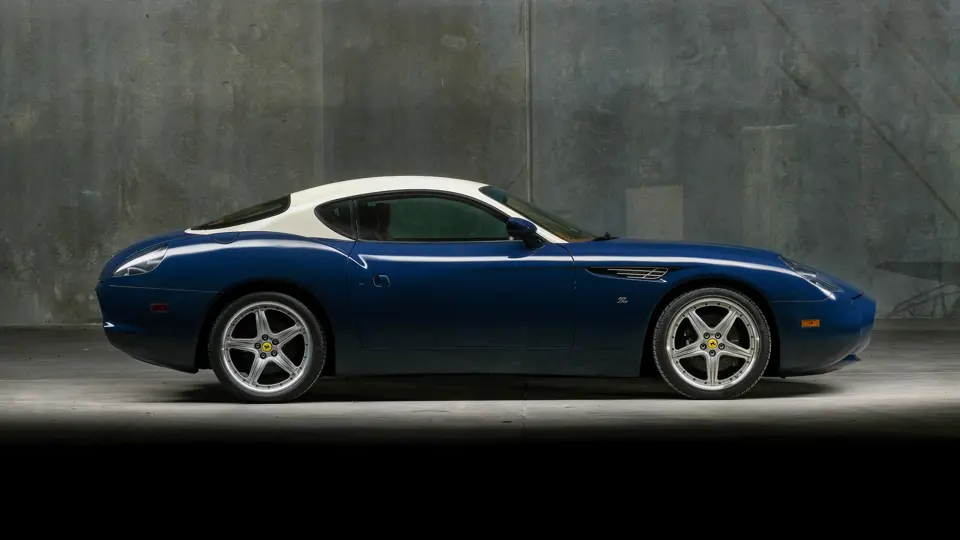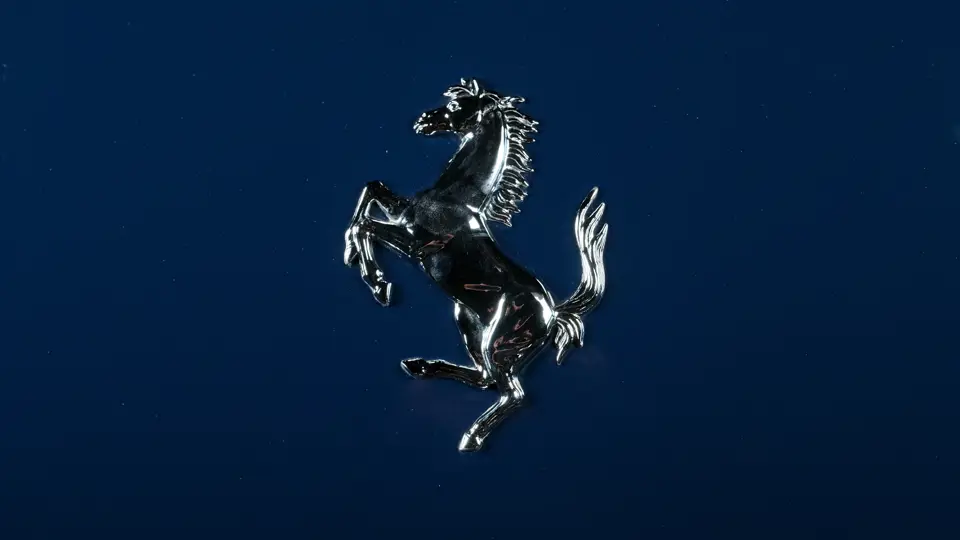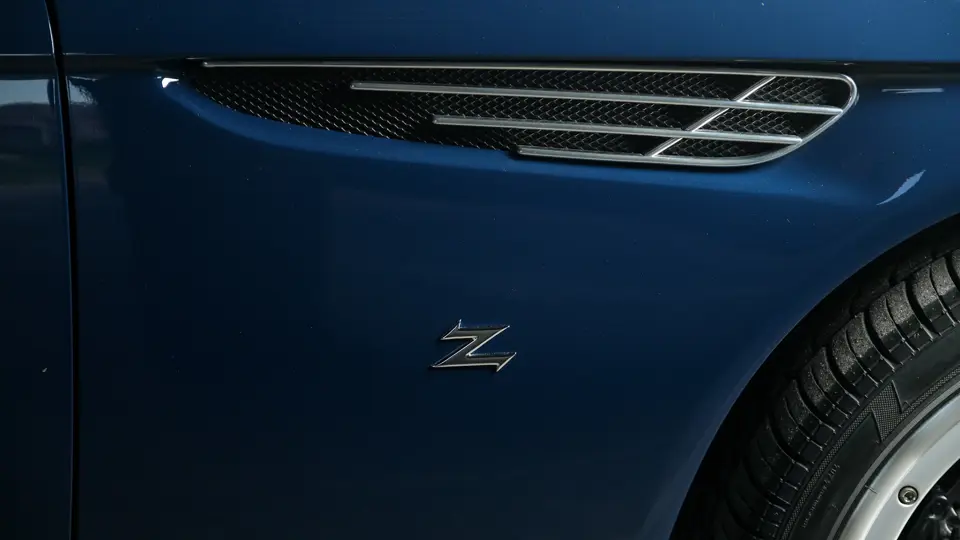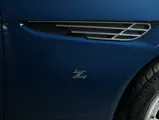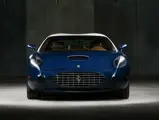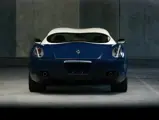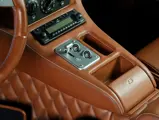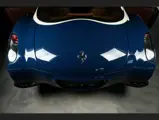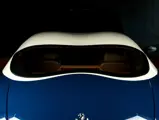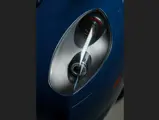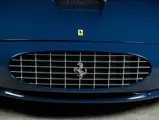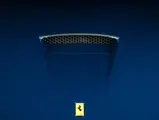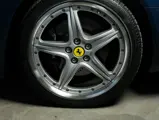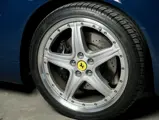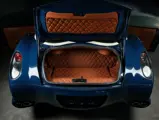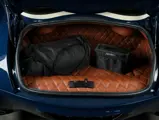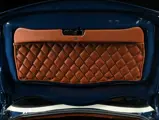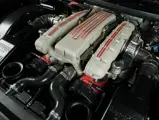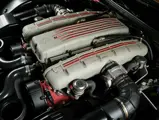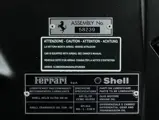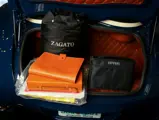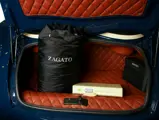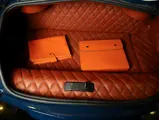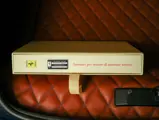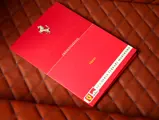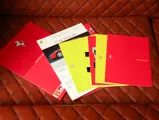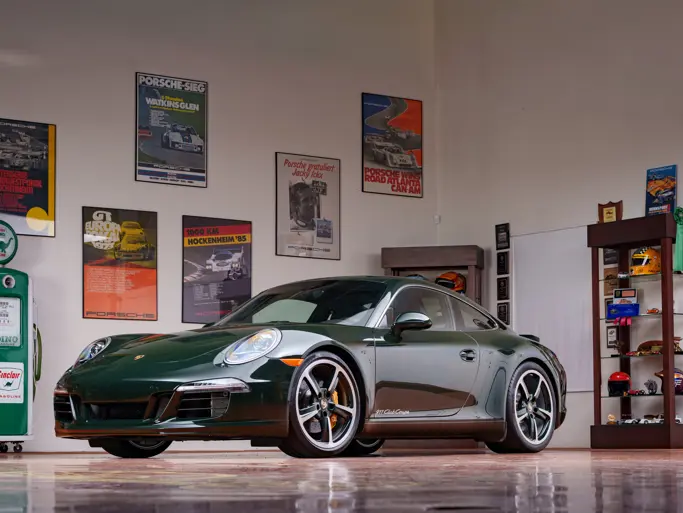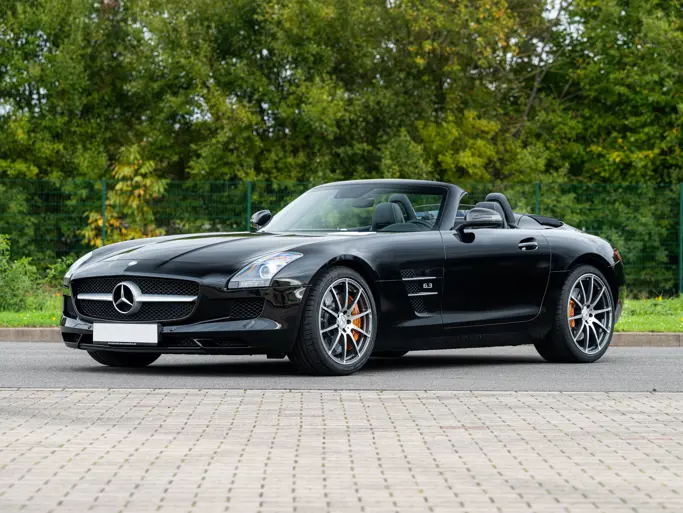
2005 Ferrari 575 GTZ Zagato
{{lr.item.text}}
$1,750,000 - $2,250,000 USD | Not Sold
{{bidding.lot.reserveStatusFormatted}}
- Bespoke homage to chassis no. 0515 GT, the famous 1956 250 GT Tour de France Zagato
- One of six examples designed and crafted in alloy to individual customer specifications by the century-old Milan-based carrozzeria; features Zagato’s iconic double-bubble roof.
- One of two examples ordered for delivery to the United States
- Scrupulously maintained and minimally used, with current odometer figure of 3,678 miles
- Recognized by Ferrari Classiche as a vehicle of historical interest; subject of feature article in the February/March 2010 issue of Cavallino magazine
To fully understand and appreciate this one-of-a-kind 2005 Ferrari 575 GTZ, we must first become familiar with the victorious golden-age Ferrari 250 GT Tour de France by which it was inspired—and the multi-generation Zagato family vision that created both that car and this equally iconic contemporary interpretation.
Of all the celebrated Italian carrozzerias that hand-formed specialized coachwork on the postwar era’s greatest sports car chassis, perhaps none is so appreciated for its combination of aesthetic merits and competition success as the venerable Zagato. Tracing its roots to World War I aircraft design, the Milan based firm experienced its first great success during the 1930s with the coachwork for Alfa Romeo’s 6C racing spyders, which competed with tremendous results at the hands of such legendary drivers as Louis Chiron, Piero Taruffi, Achille Varzi, and the Flying Mantuan himself, Tazio Nuvolari.
Following postwar reconstruction, Zagato entered a golden age during which it produced some of the most memorable and timeless coachwork designs, spurred by the competition interests of second-generation proprietor Elio Zagato. Often characterized by the firm’s distinctive double-bubble roof, these coachbuilt race-ready sports cars of the 1950s were built on the chassis of the Alfa Romeo 1900C SS, the Fiat 8V, the Maserati A6G 2000, the Aston Martin DB4 GT, and various Abarth Coupe models. In addition to garnering considerable success in period competition, the Zagato versions of these cars figure as some of the most achingly beautiful speed machines of their era or any other, attested by their regular acclaim at today’s most respected and exclusive concours d’elegance.
Additionally, Zagato bodied five Ferrari 250 GT Tour de France berlinettas during the late 1950s. Chassis no. 0515 was the first of the five, being built on just the fifth Tour de France racing chassis. Zagato created a distinctively sleek and beautiful body for this car, with short front and rear overhangs, pronounced bulbous fenders, an oval eggcrate grille, and a low double-bubble roof that was set apart by a two-tone paint scheme in off-white over dark blue.
0515 GT proved victorious in period competition, claiming two wins and several more podium finishes through 14 sports car races and hillclimbs over the 1956 and ’57 seasons. It also eventually passed to a handful of respected collectors who have presented it to great effect at prestigious world-class exhibitions, and the car’s resume includes class awards at both Pebble Beach and Villa d’Este, and two platinum awards at the Cavallino Classic. It is, without a doubt, one of the best known and highly awarded Tour de France examples to navigate today’s premium show circuit.
All of which explains why 0515 GT was chosen by the consignor of this remarkable feature car as the exemplar for its one-off design. Chassis number 140719 is the final example of six 575M Maranellos transformed by the team of Andrea and Marella Zagato with the official endorsement of the Ferrari factory and, importantly, with Ferrari Classiche attestation.
The 575 GTZ story began when Japanese Ferrari collector Yoshiyuki Hayashi commissioned Zagato to transform his 575M (chassis no. 134936); he sought special coachwork that would set his car apart from the standard factory-bodied version of Ferrari’s range-leading front-engine grand tourer. Completed in early 2006, the 575 GTZ was presented at that year’s Villa d’Este Concorso d’Eleganza and made an international impression. Mr. Hayashi subsequently ordered a second interpretation, and additional bespoke examples were soon ordered from the Zagato Atelier by discerning clients, each with unique features and specialized interiors. Beyond Mr. Hayashi’s two cars, Ferrari would permit only four more versions to be completed.
To retain full safety and crash certification, Zagato received stock production 575M examples, from which they removed the original coachwork but otherwise left unaltered, thus preserving the original structural elements and factory drivetrain. The chassis and critical details were then scanned into a CAD program, where Zagato Atelier’s designers would begin to propose various coachwork forms and details based on the input of the client, who remained integral in the styling process.
With a design finalized, new body panels in light aluminum were formed by skilled craftsmen. The interiors were trimmed in high quality leather throughout, observing specialized liveries selected by the customer. As completed, these six limited versions emerged as among the most distinctive and beautiful Ferraris of the modern era.
Chassis number 140719 is one of just two examples ordered by American customers for delivery to the United States. In its homage to 0515 GT, this 575 GTZ was designed with elements reminiscent of the celebrated TdF’s coachwork, including curved fender haunches, the prominent oval eggcrate grille, and the double-bubble roof, which is aesthetically mirrored by the voluptuous shape of the rear windscreen. Thoughtful references to the TdF extend to details small and large; Zagato badges are affixed beneath the fender vents—accented, as on the original car, with chromed trim—while the striking tributary paint finishes, Dark Blue with an Avorio roof, complete the exterior.
The result is, in true Zagato fashion, a dramatic departure from the 575M Maranello. Yet the 575 GTZ is effective not because it merely borrows vintage styling cues from a celebrated coachbuilt Ferrari and applies them to a newer chassis. Rather, Zagato’s craftsmen have artfully reinterpreted these classic elements in a modern context, creating a vehicle that is simultaneously a meaningful historical tribute and a stunning, almost sculptural, contemporary grand tourer.
The interior is a brilliant example of the finest in Italian craftsmanship, with sumptuous tan leather trimmed throughout the cabin. The seats, door panels, dashboard, center console, and the steering wheel all feature the same exquisite material, while the transmission tunnel and rear parcel shelf are upholstered in diamond-stitched variations of the same leather. Even the blue carpets feature borders of tan leather.
Currently displaying 3,678 miles on the odometer, this 575 GTZ has clearly experienced only minimal road use during its ownership by the original Zagato client. It has been carefully maintained, and accompanying invoices document regular service at Ferrari of Palm Beach, Florida.
This rare and distinctive modern Ferrari would make a perfect acquisition for a marque collector searching for bespoke and unusual expressions of Maranello’s great road cars. Also the subject of a feature article in the February/March 2010 issue of Cavallino magazine by Ferrari historian and author Keith Bluemel, this very special 575 GTZ is ideal for presentation at concours d’elegance and marque gatherings, as it is a beautiful testament to the important coachbuilder Zagato—and an homage to one of the most celebrated 250 GT Tour de France examples.


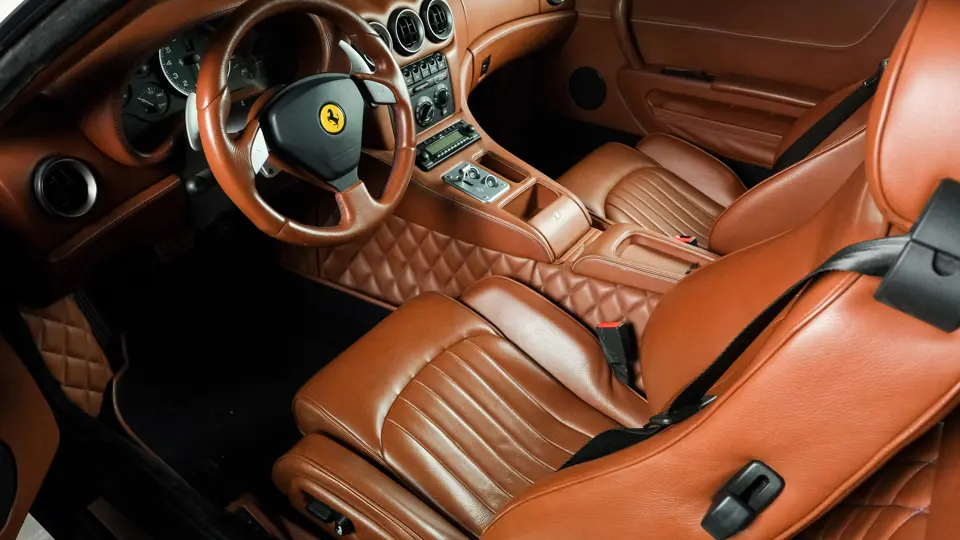

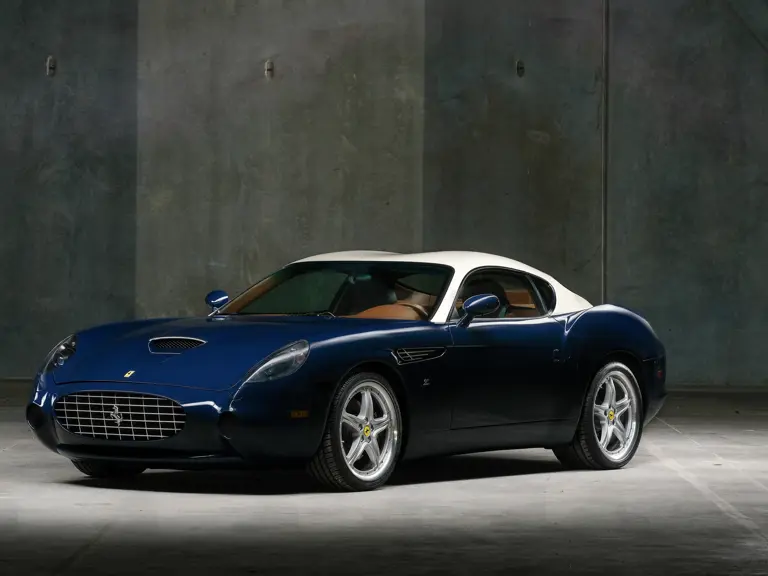
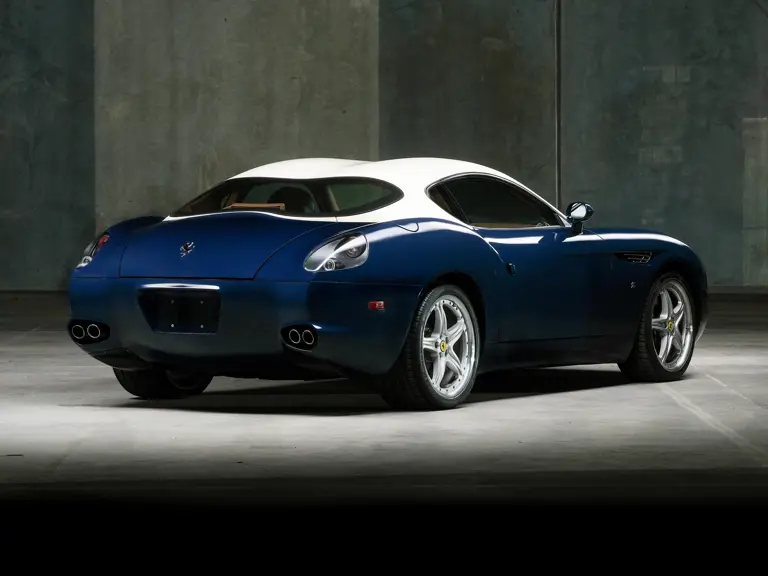
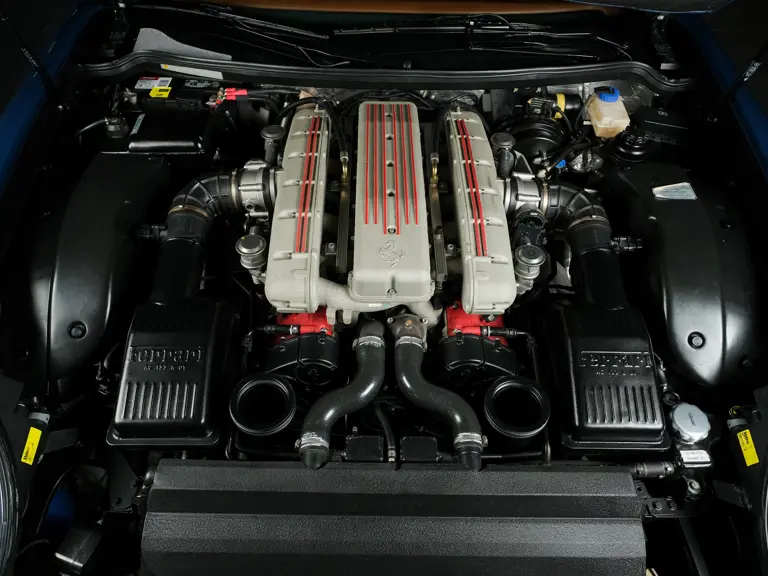
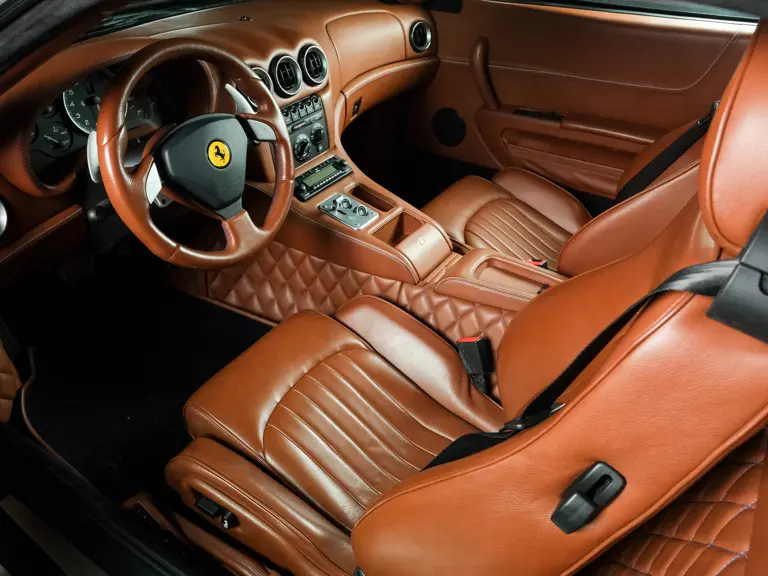
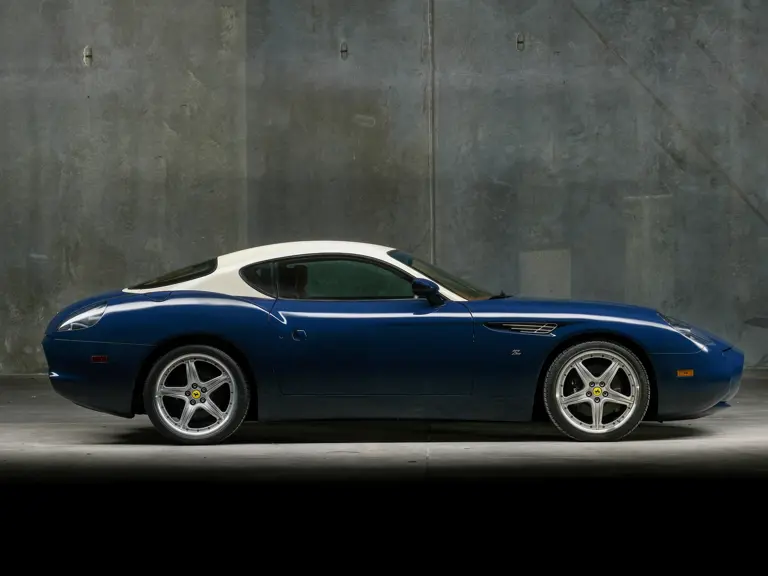
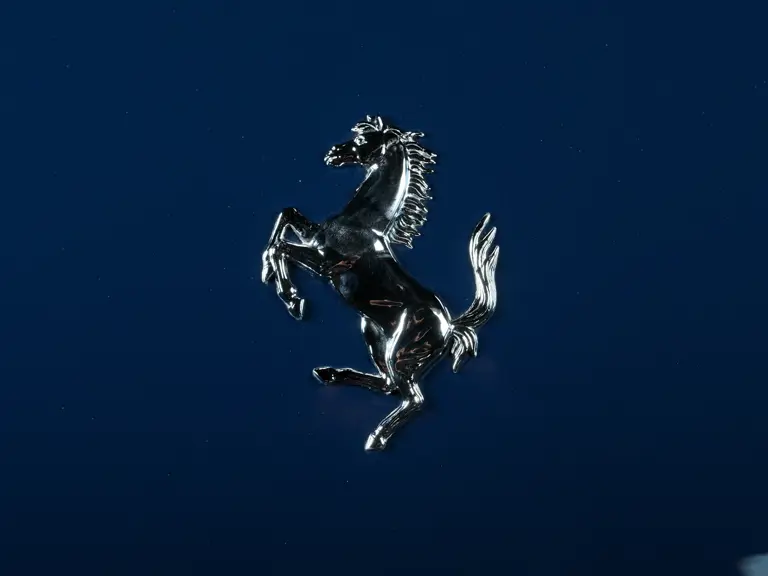
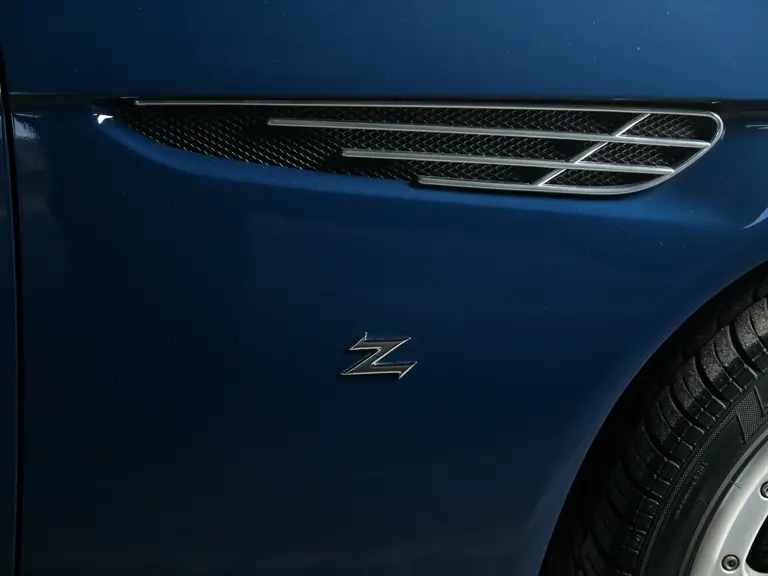
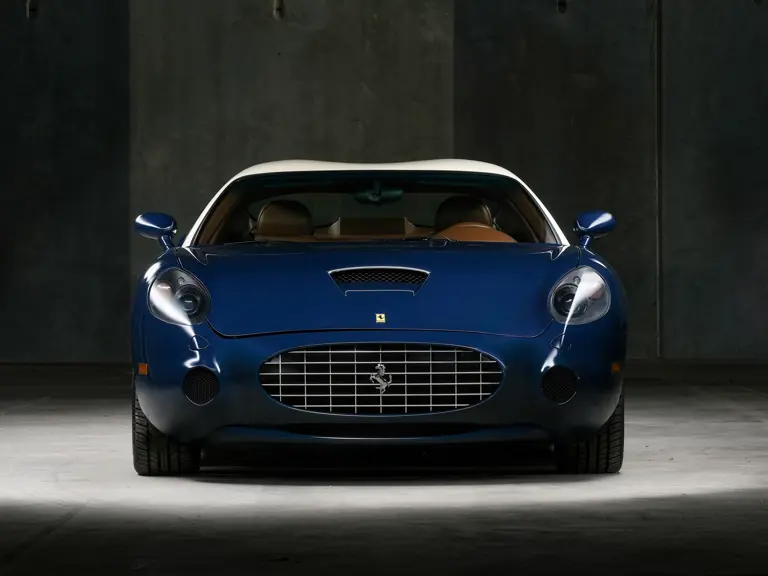

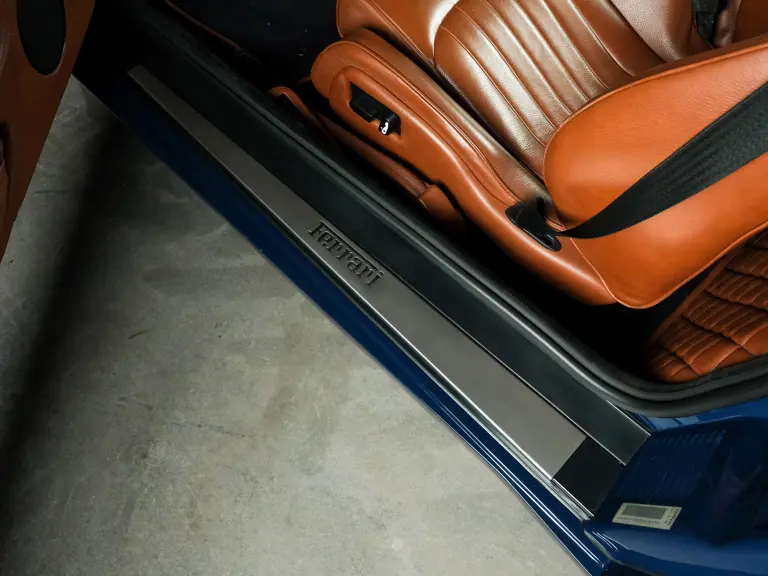
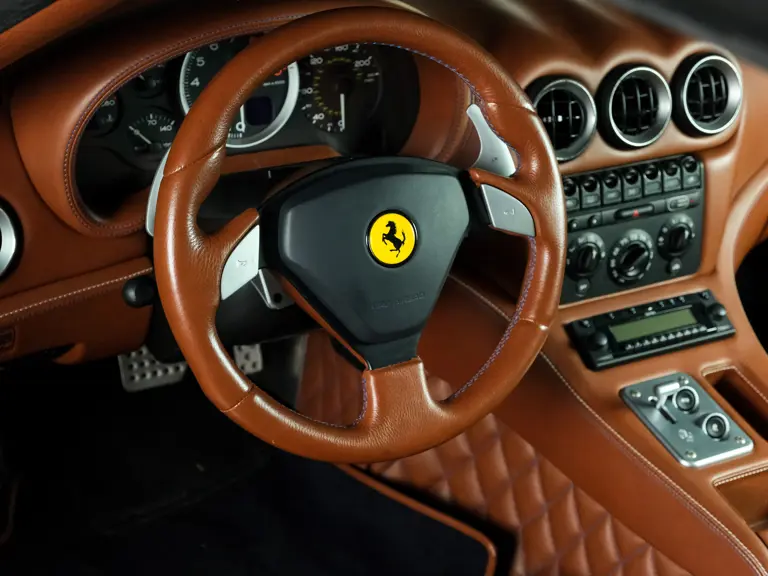
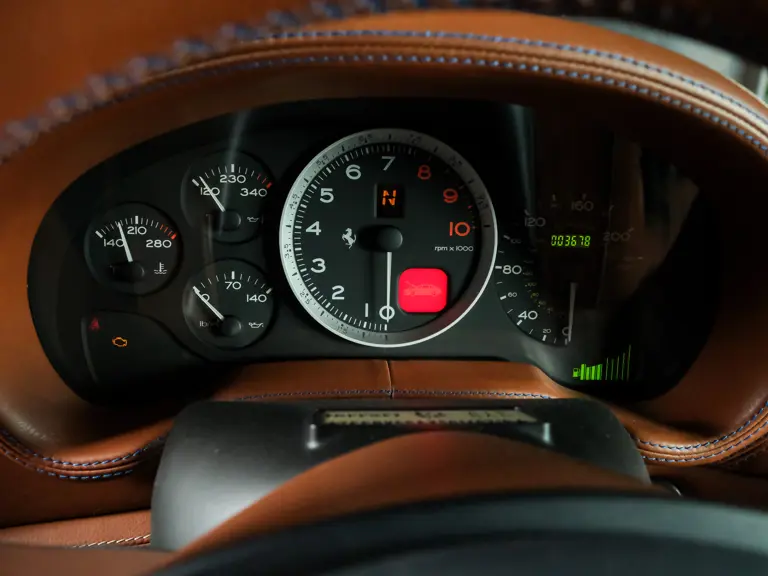
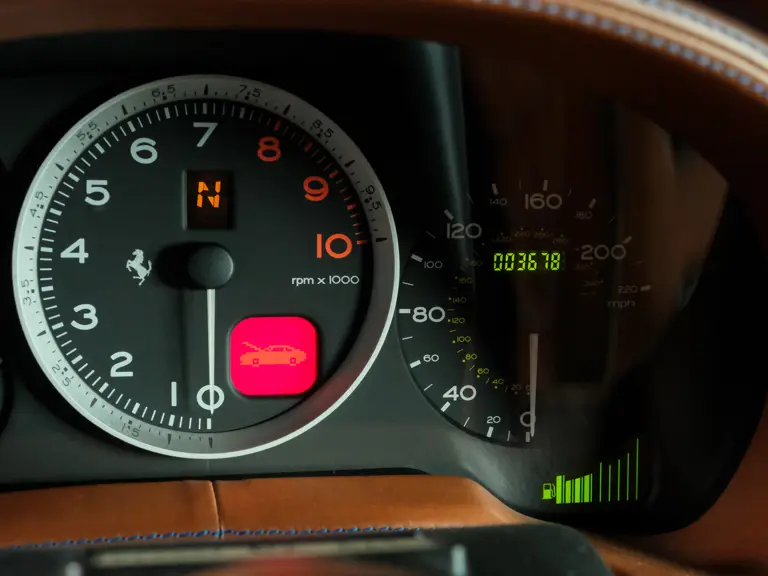

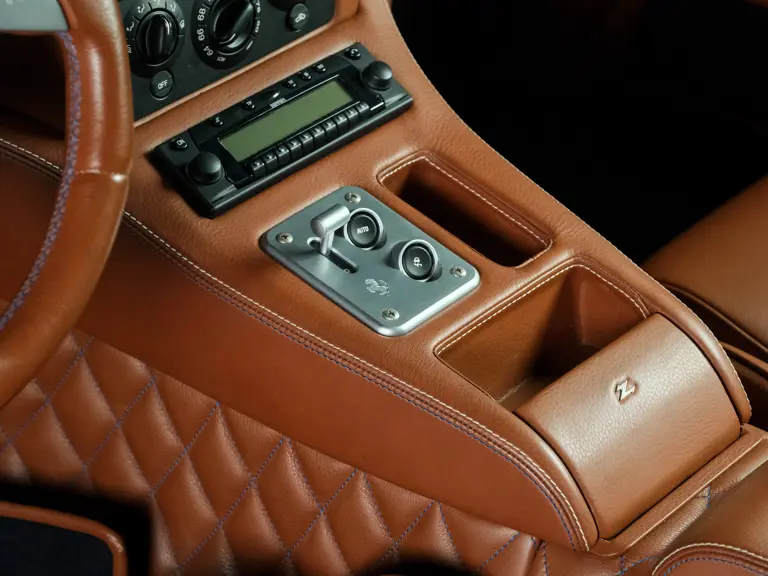

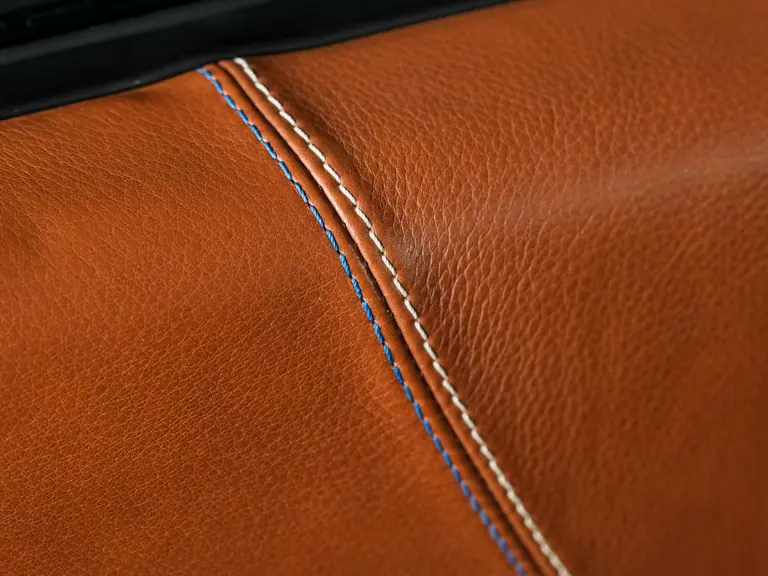
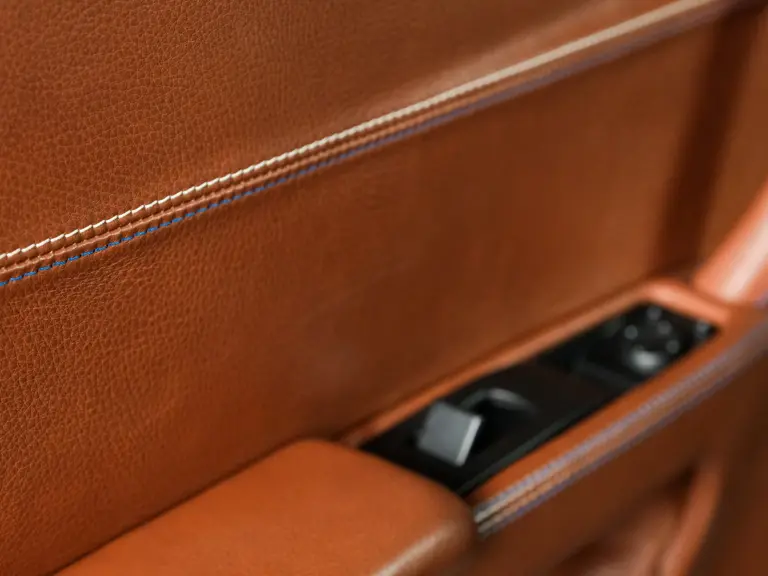
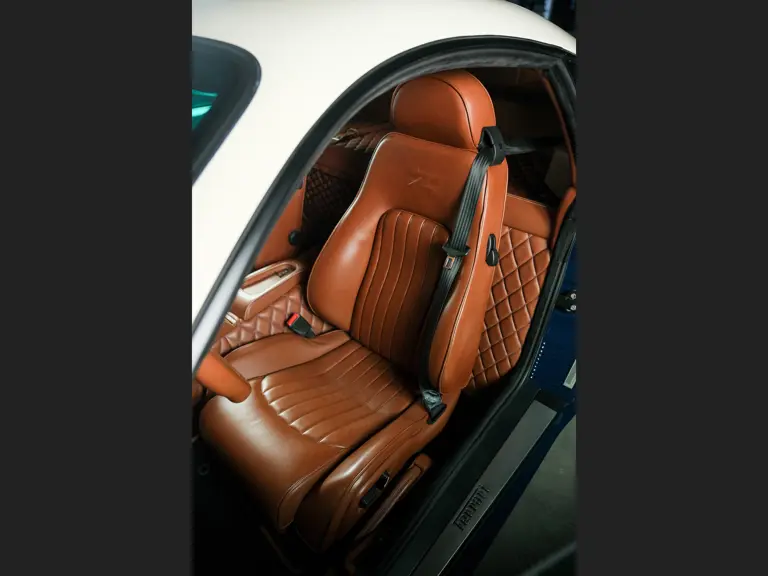
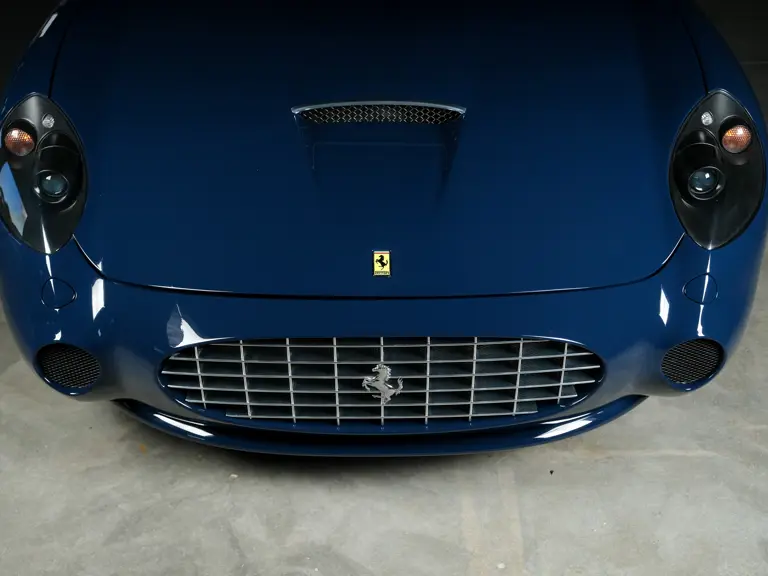
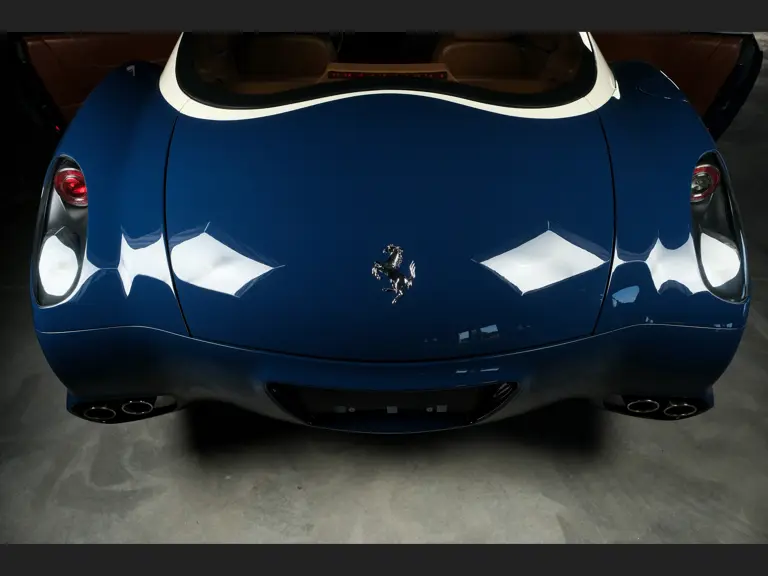
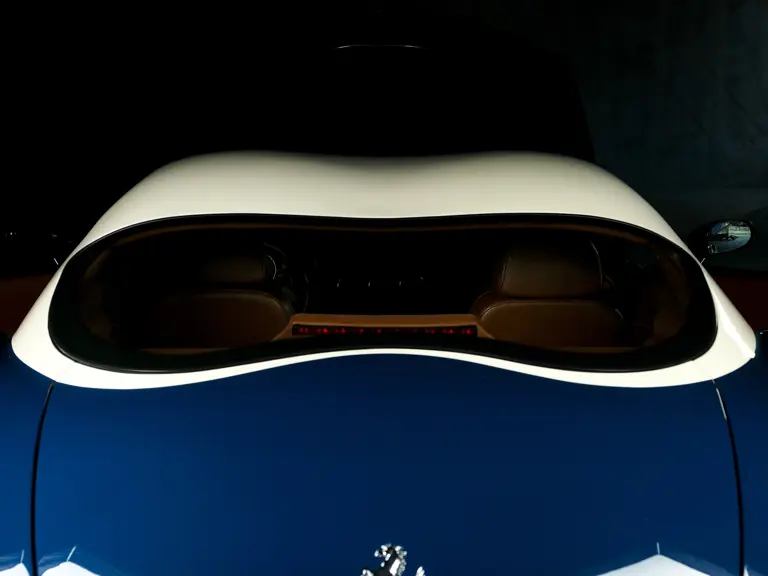
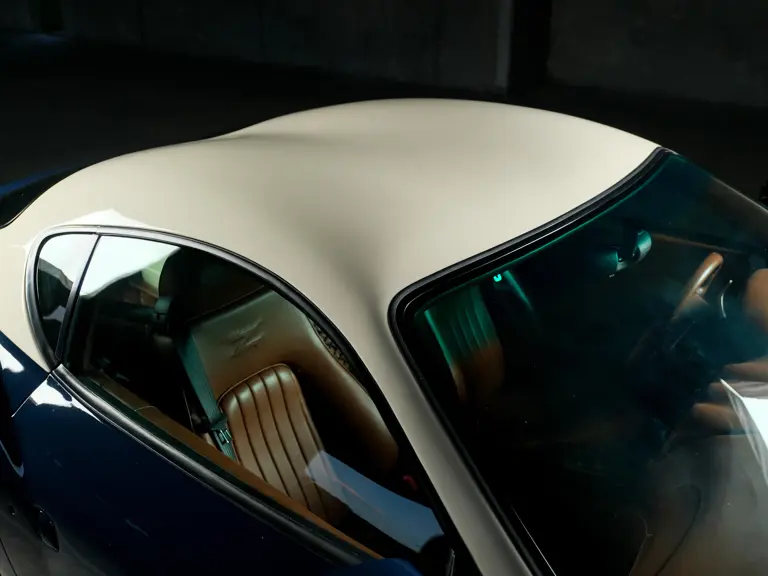
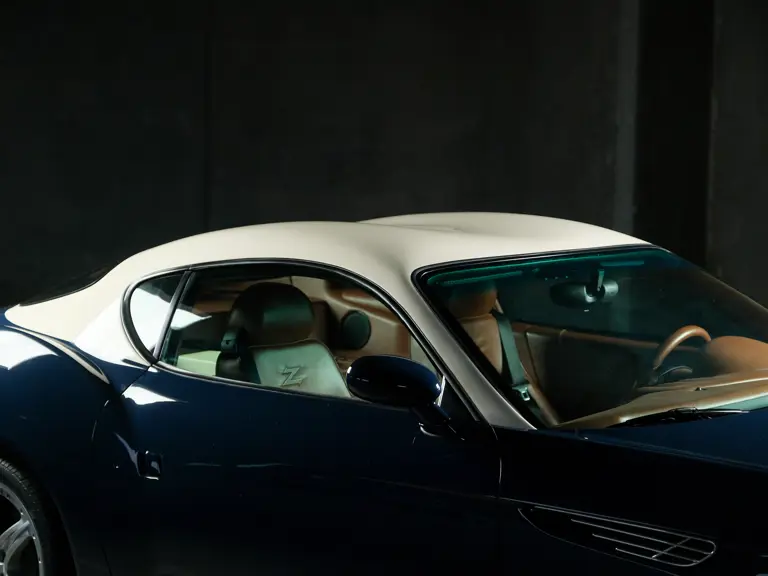

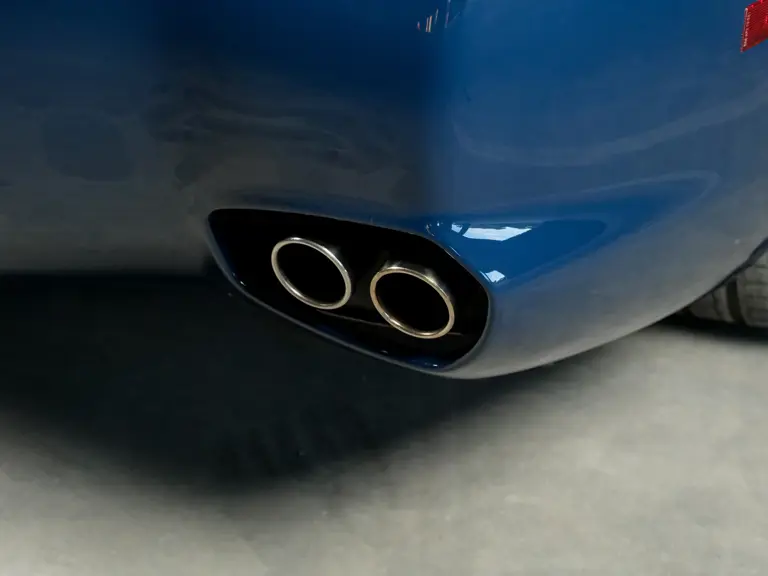
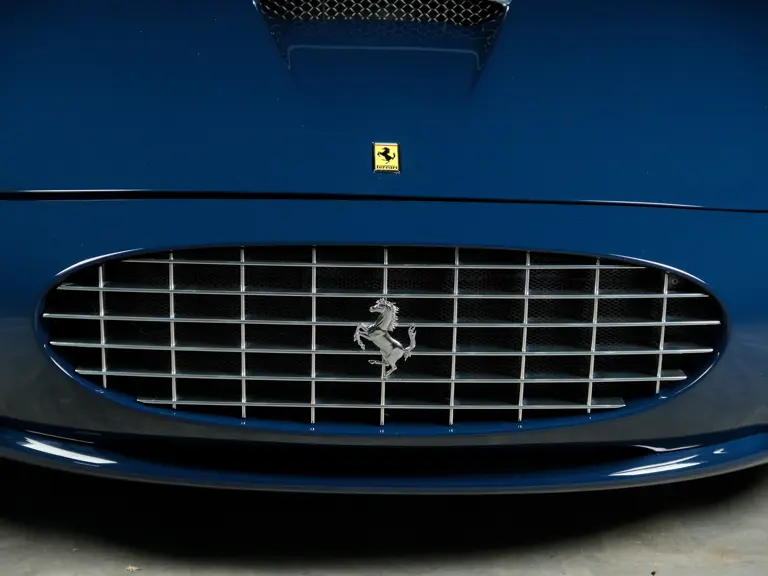

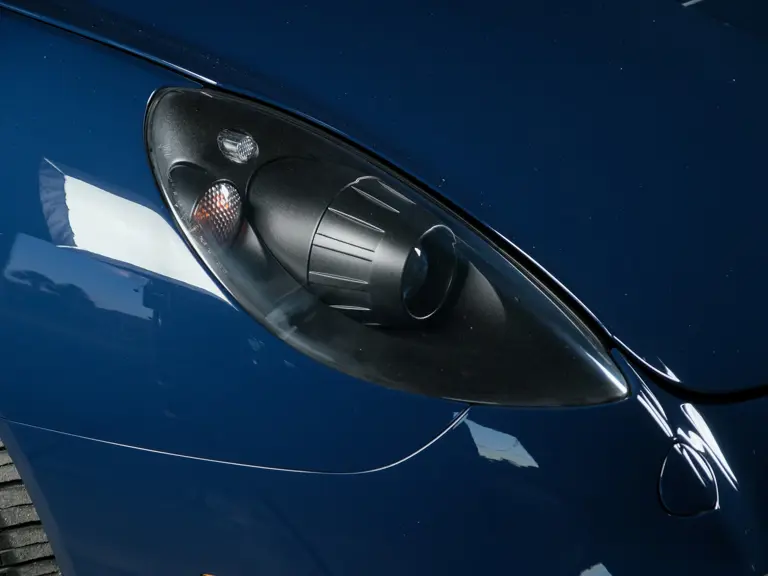
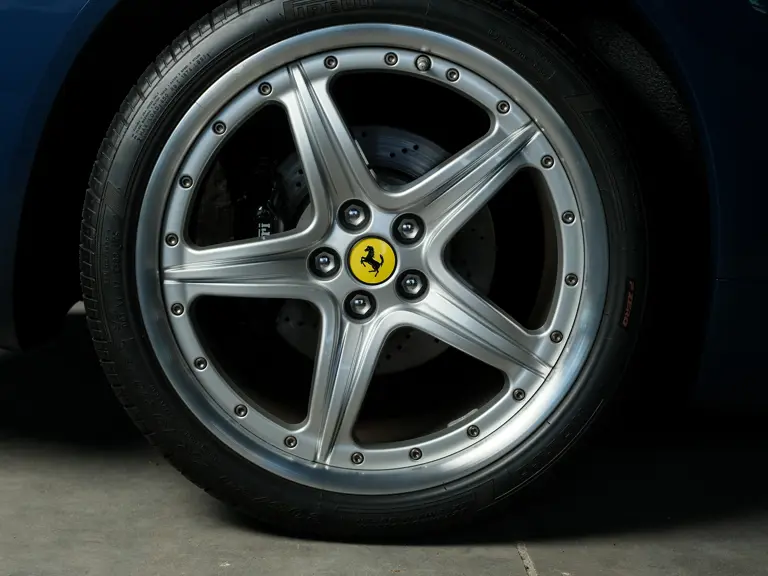

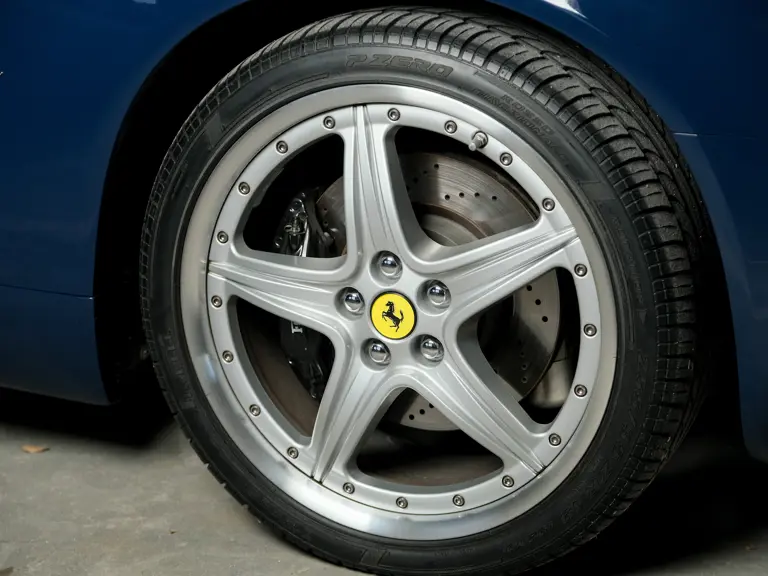
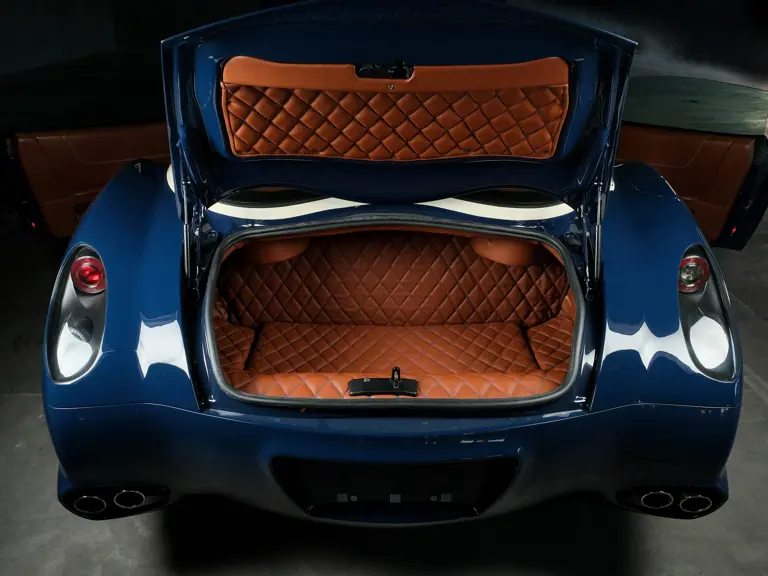
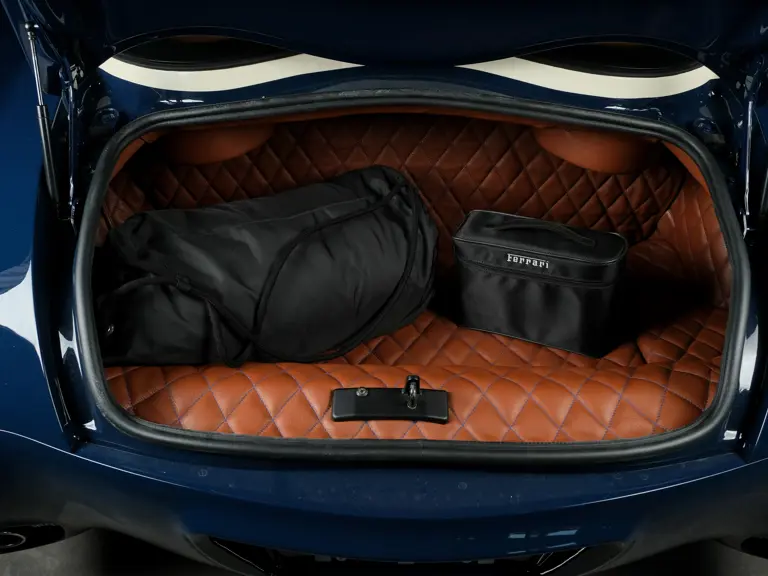


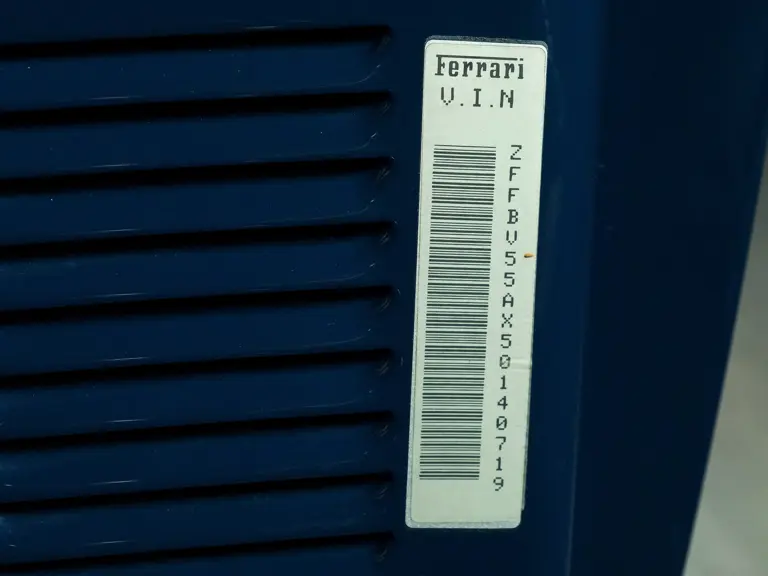
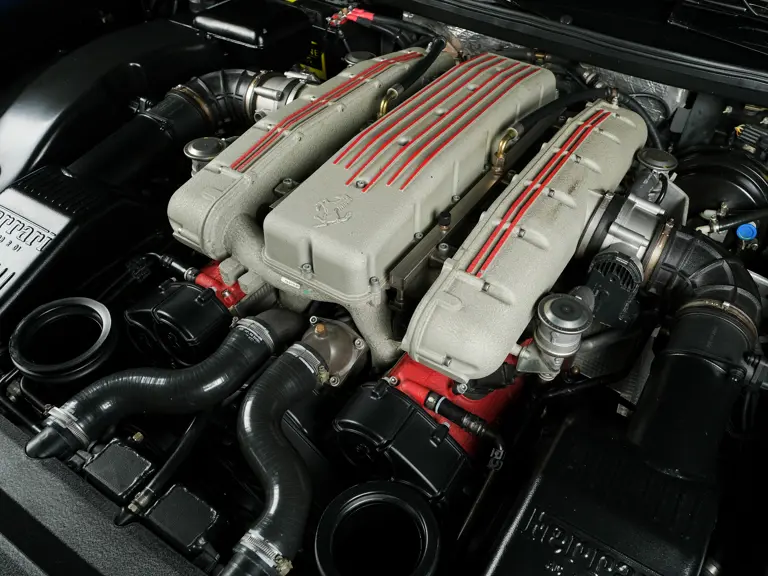
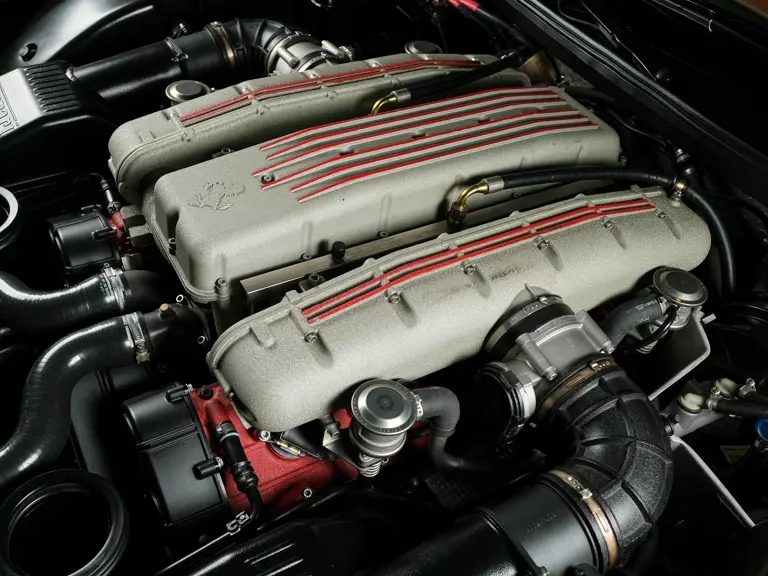
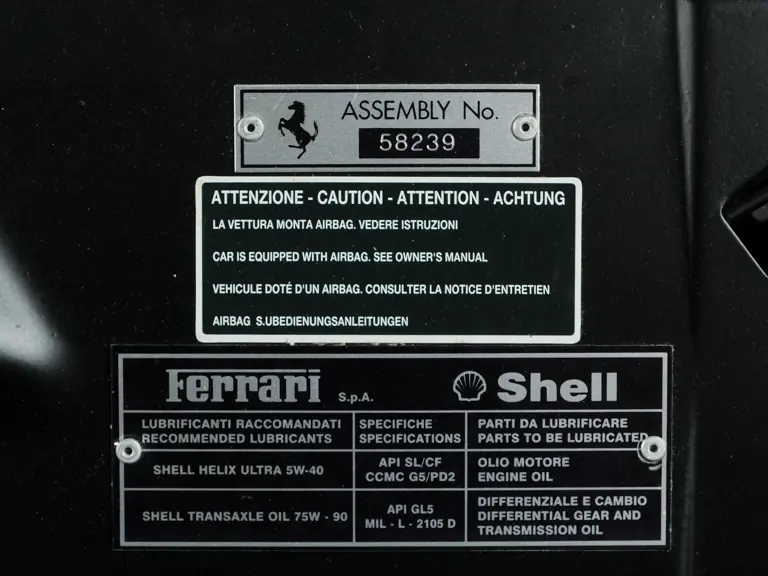
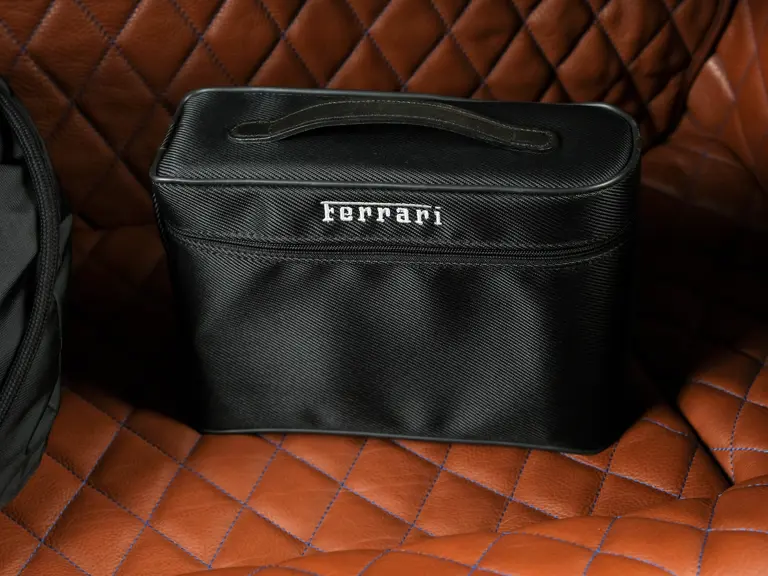
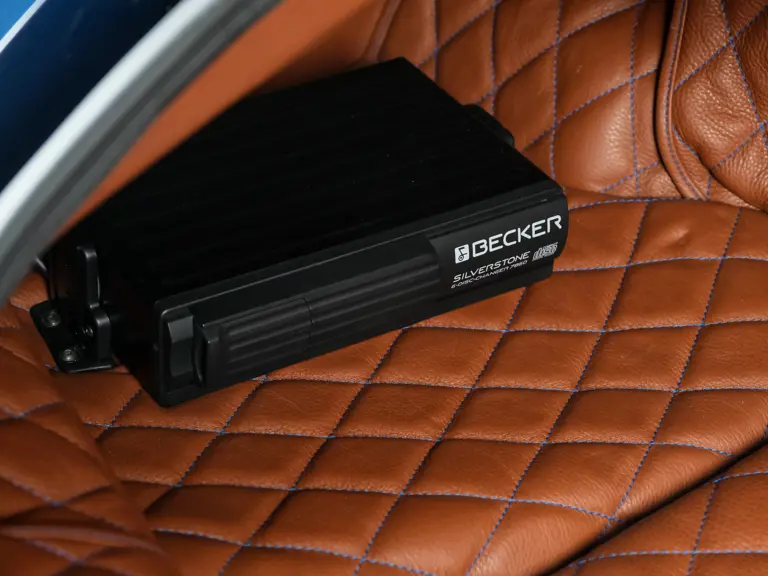


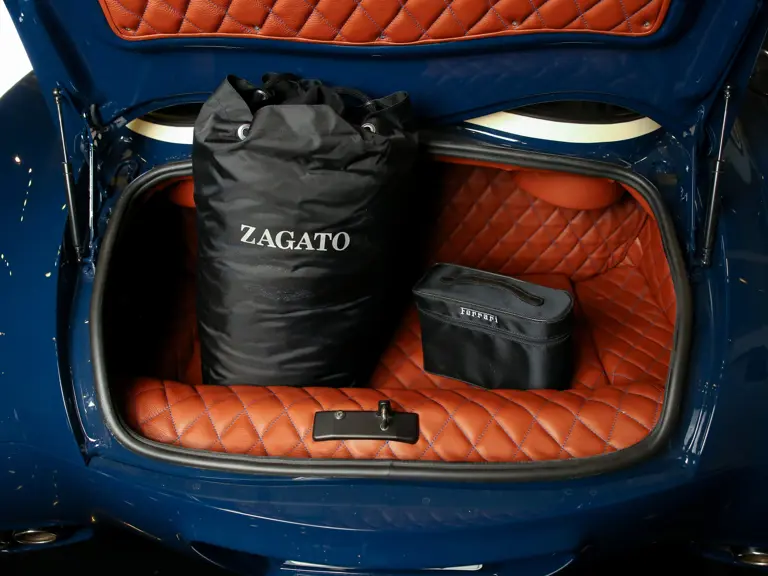


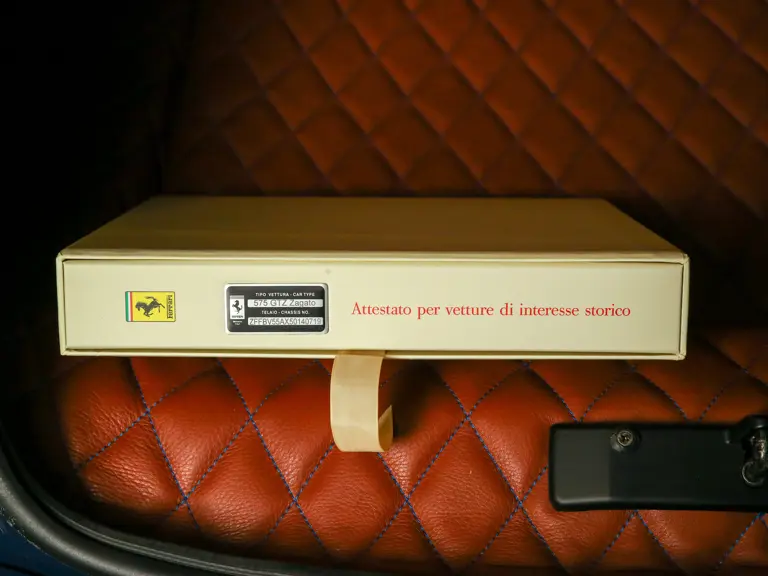
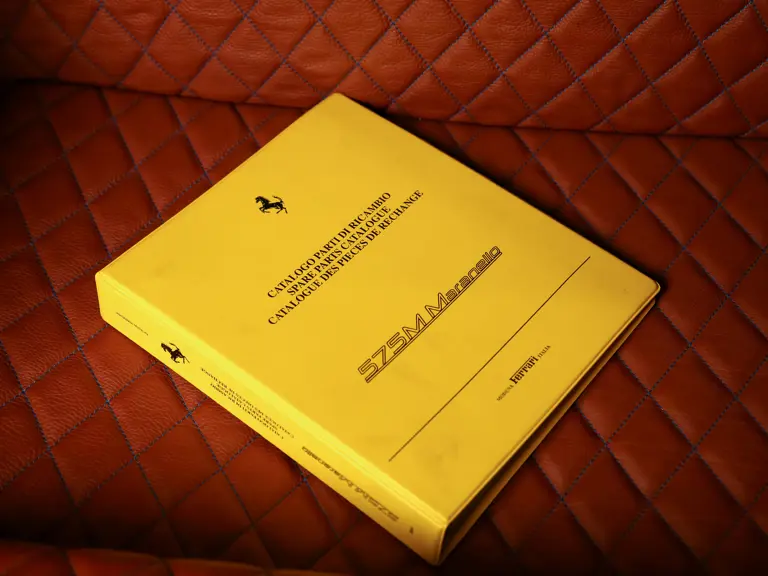
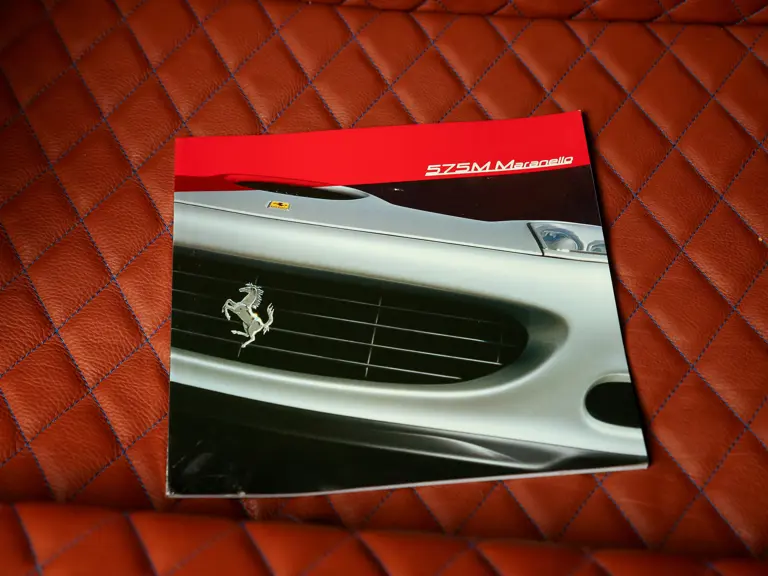
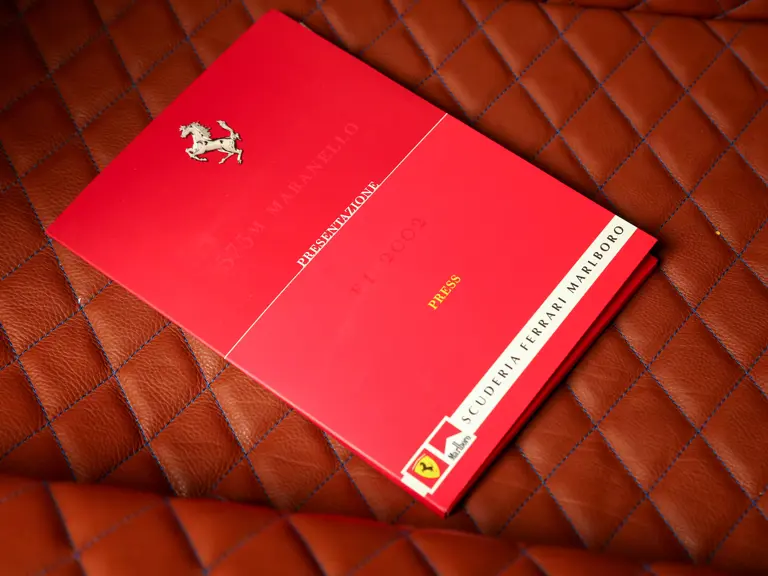
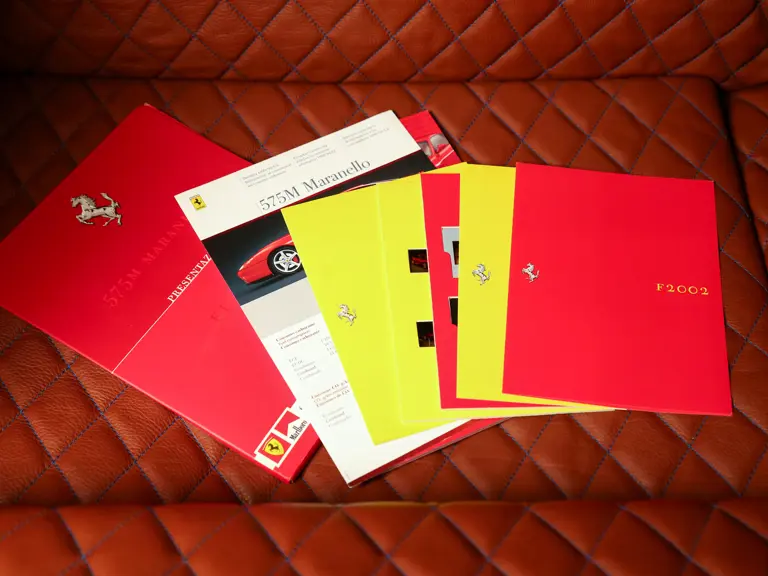
 | Stuart, Florida
| Stuart, Florida
